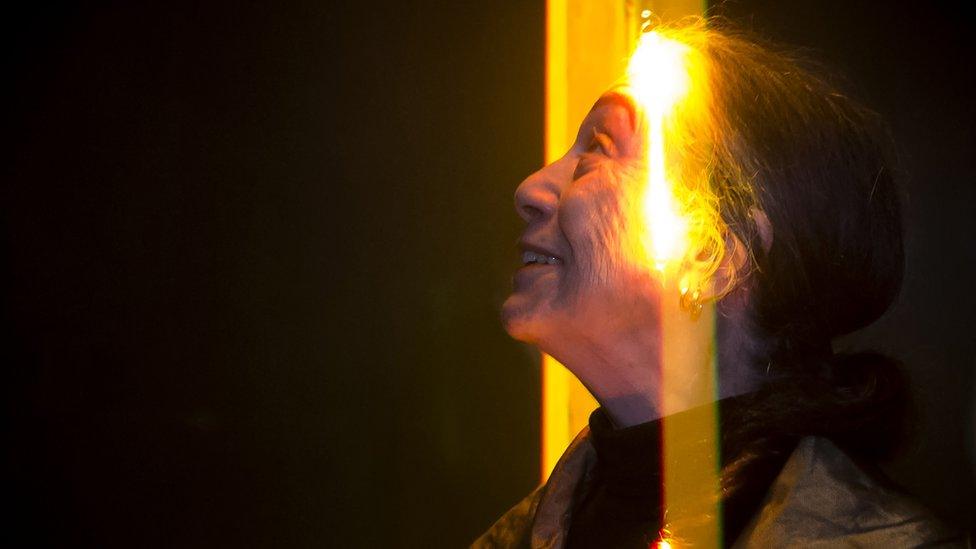Michael Wolf: The man who found beauty in megacities
- Published
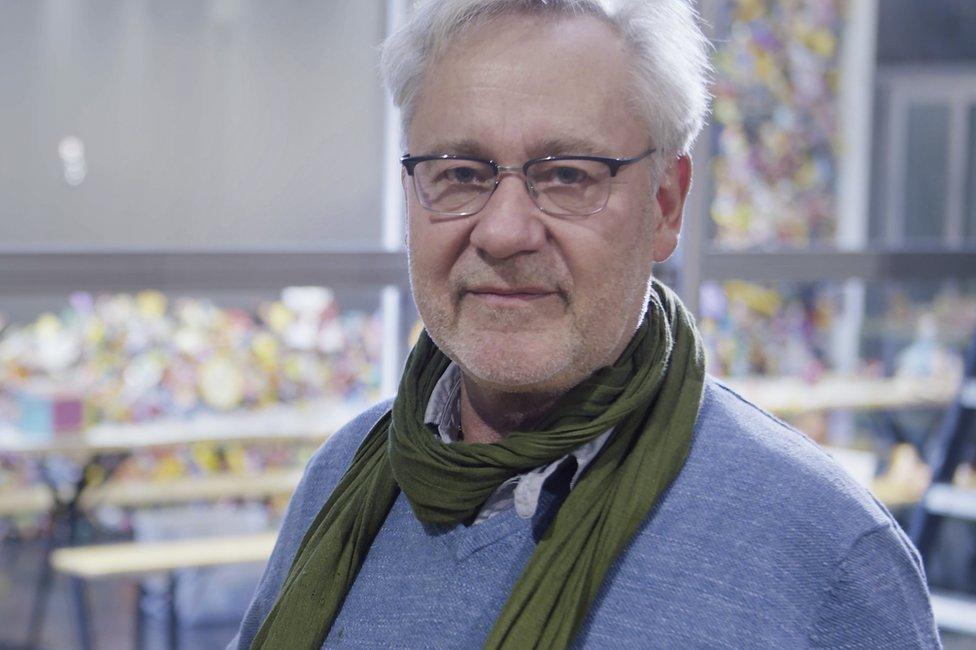
Hong Kong's imposing, densely-packed tower blocks have long been a symbol of its housing crisis, which has seen tens of thousands of families in the region crammed into tiny homes.
But photographer Michael Wolf managed to find moments of beauty in the buildings that populated his adoptive home - without shying away from the harsh realities of life for the people inside.
Wolf died in Hong Kong on 24 April, at the age of 64.
He was best known for his 11-year project Architecture of Density, for which he took photos of Hong Kong's residential blocks and cropped them so tightly that they felt even more compact.
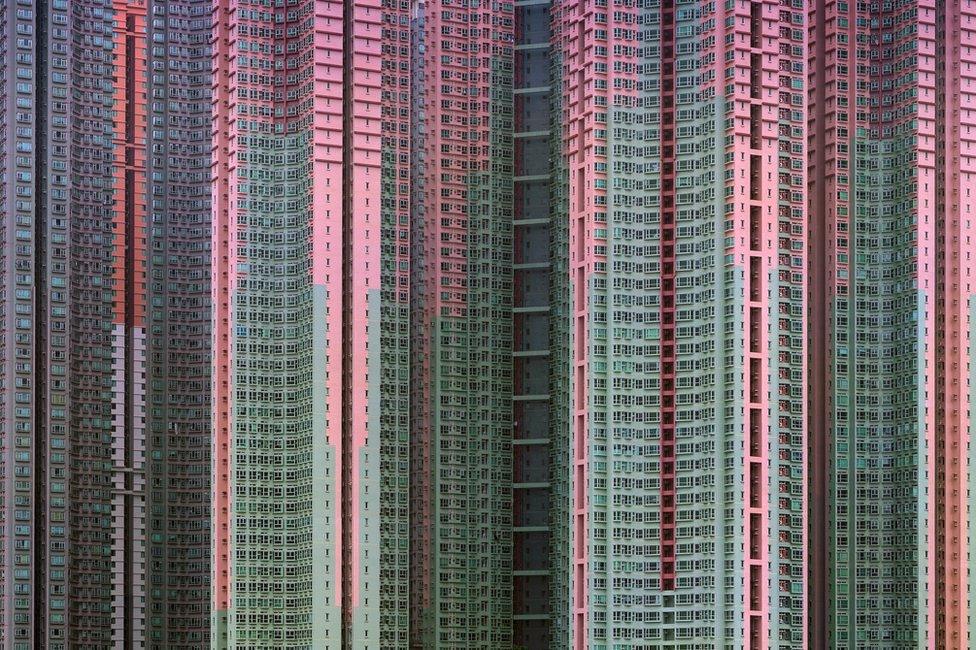
Architecture of Density #39 (2005)
Wolf grew up in Canada, Germany and the US, and moved to Hong Kong in 1994 to work as a photojournalist for the magazine Stern.
He spent eight years in that job before leaving in 2002. A year later, he started taking the photographs of tower blocks that would later form Architecture of Density.
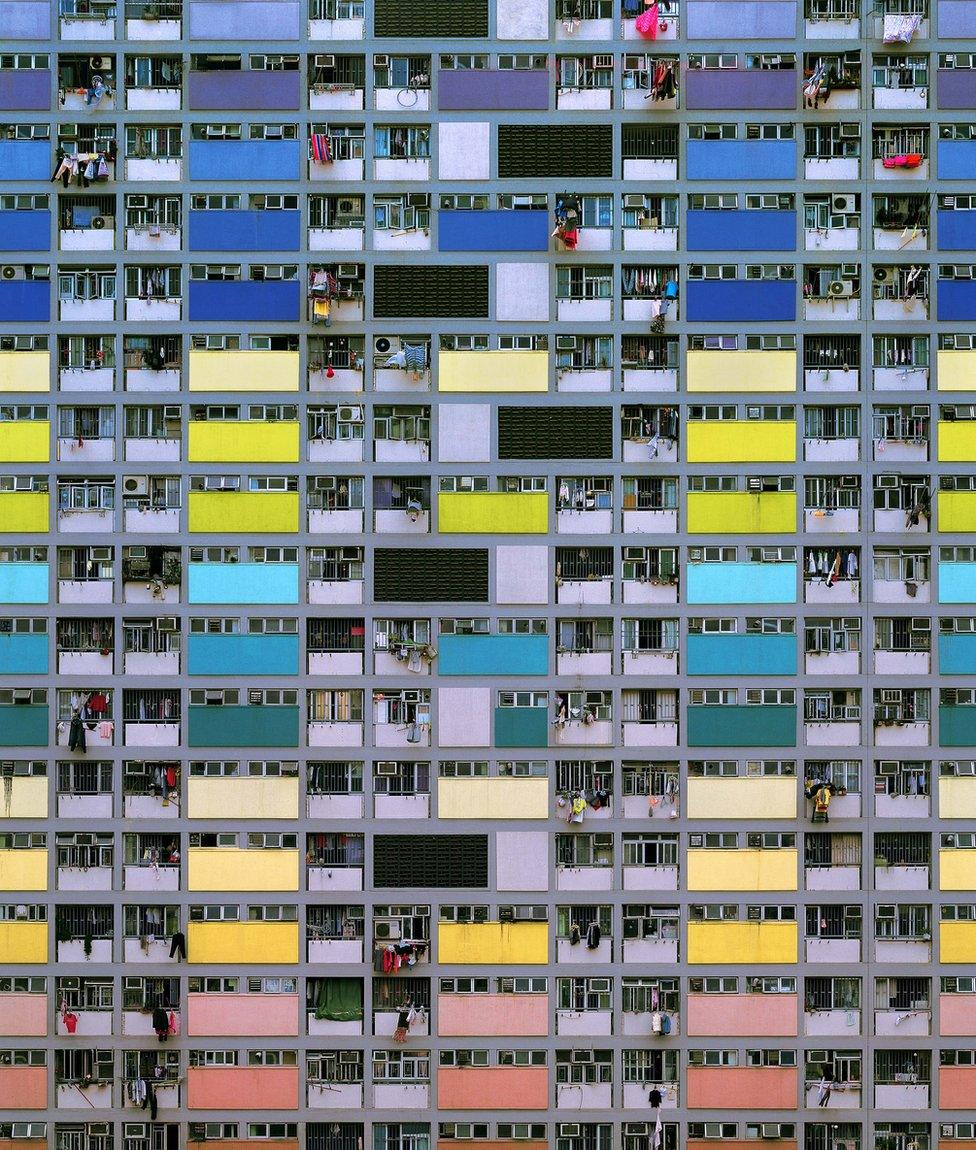
Architecture of Density #75 (2006)

The tower block images look so abstract that it takes the viewer a second to realise what they are looking at. But then, upon closer inspection, the details of individuals' lives become clear: a towel draped over a balcony, a window slightly open, or someone's T-shirt hanging out to air-dry.
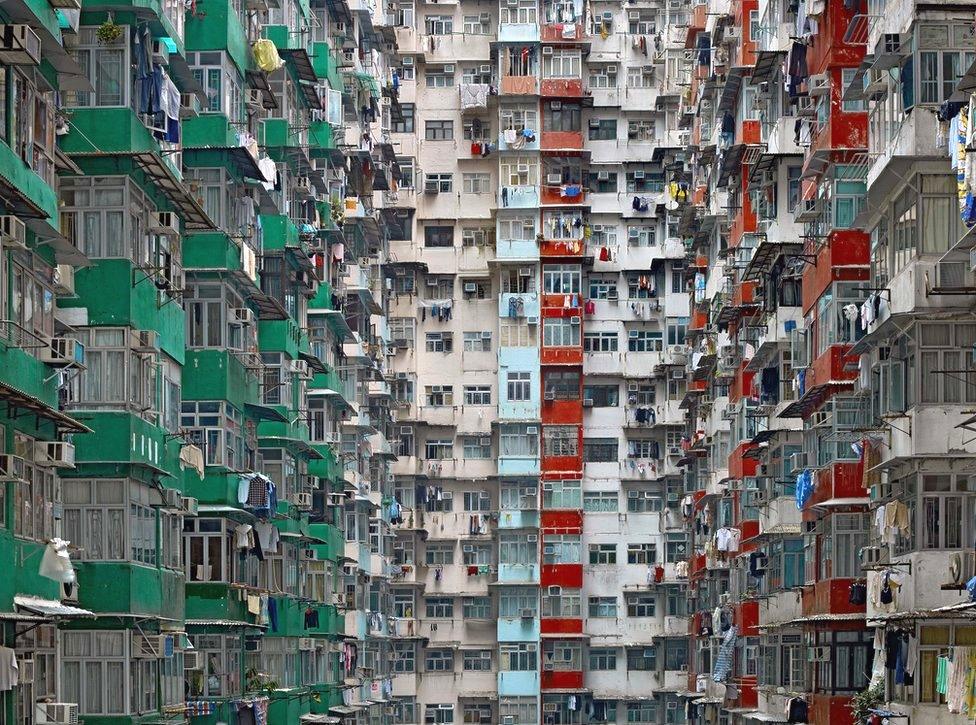
Architecture of Density #119 (2009)
In 2014, Wolf told the BBC: "As a photojournalist I was always aware of composition in my photographs, and one of the things I always liked doing was not letting the viewer be able to escape from the picture. So as soon as you have sky there, you look up and you can leave the picture in some form.
"It's the same with the architecture. If you have the sky and the horizon, you know approximately how big it is, and there's no real illusion there. By cropping it like that, I'm not describing the building any more, I'm creating a metaphor."
Sometimes, as with his series My Favourite Thing, he would zoom in on these personal details to take an extremely close look at city life.


Other times, he would take a big step back and study from further away, surveying the city as a whole - as with his series Hong Kong: Front Door/Back Door.
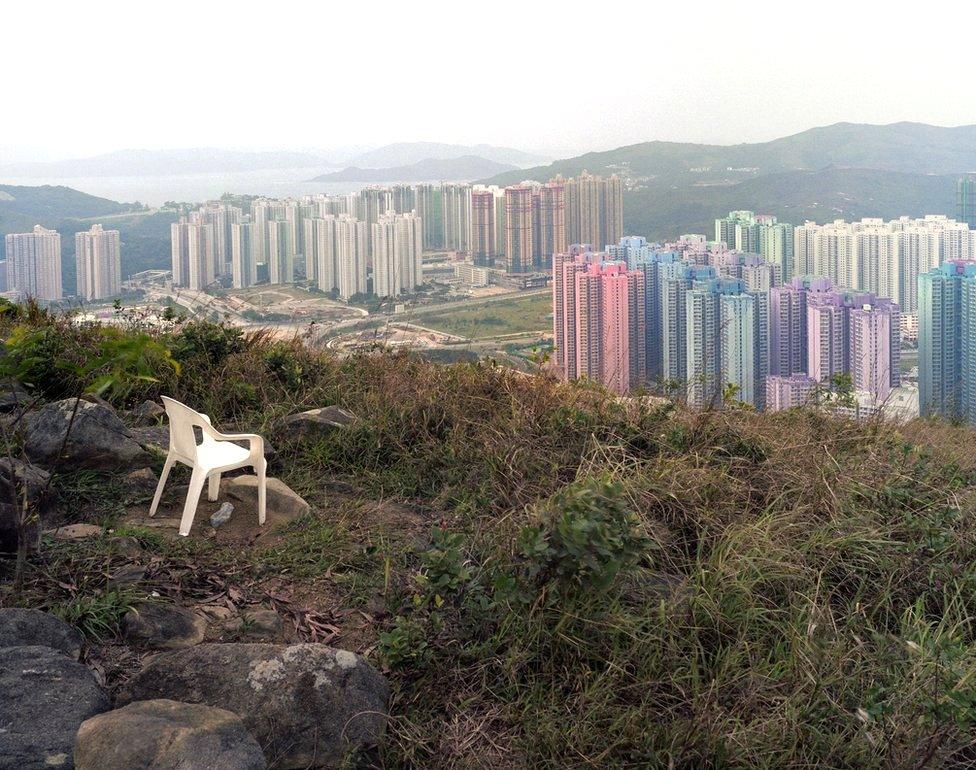
From the series Hong Kong: Front Door/Back Door (2005)

It was not just Hong Kong that inspired him, either.
In 2014, his images of rooftops in Paris painted a picture of city life through the busy geometry of its chimneys.
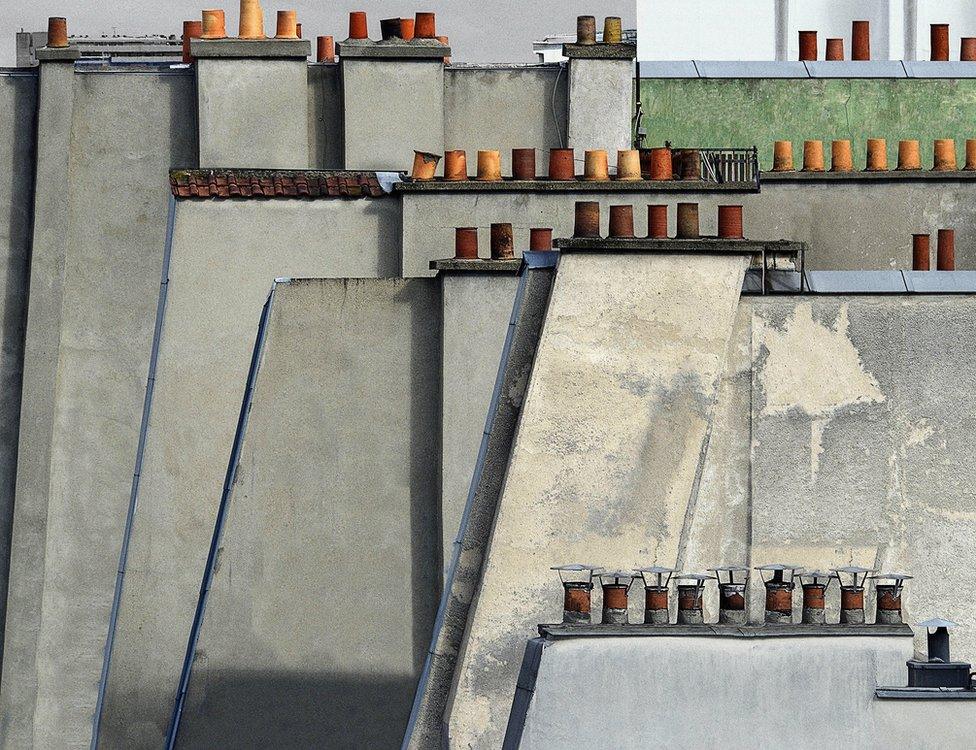

And his photos of Tokyo's subway network, Tokyo Compression, are a much more intimate look at life in a dense city, with people's faces physically crushed against the windows of trains.
The carriages were so full, with seemingly no possibility of escape, that most of the commuters closed their eyes, or shielded their faces with their hands.
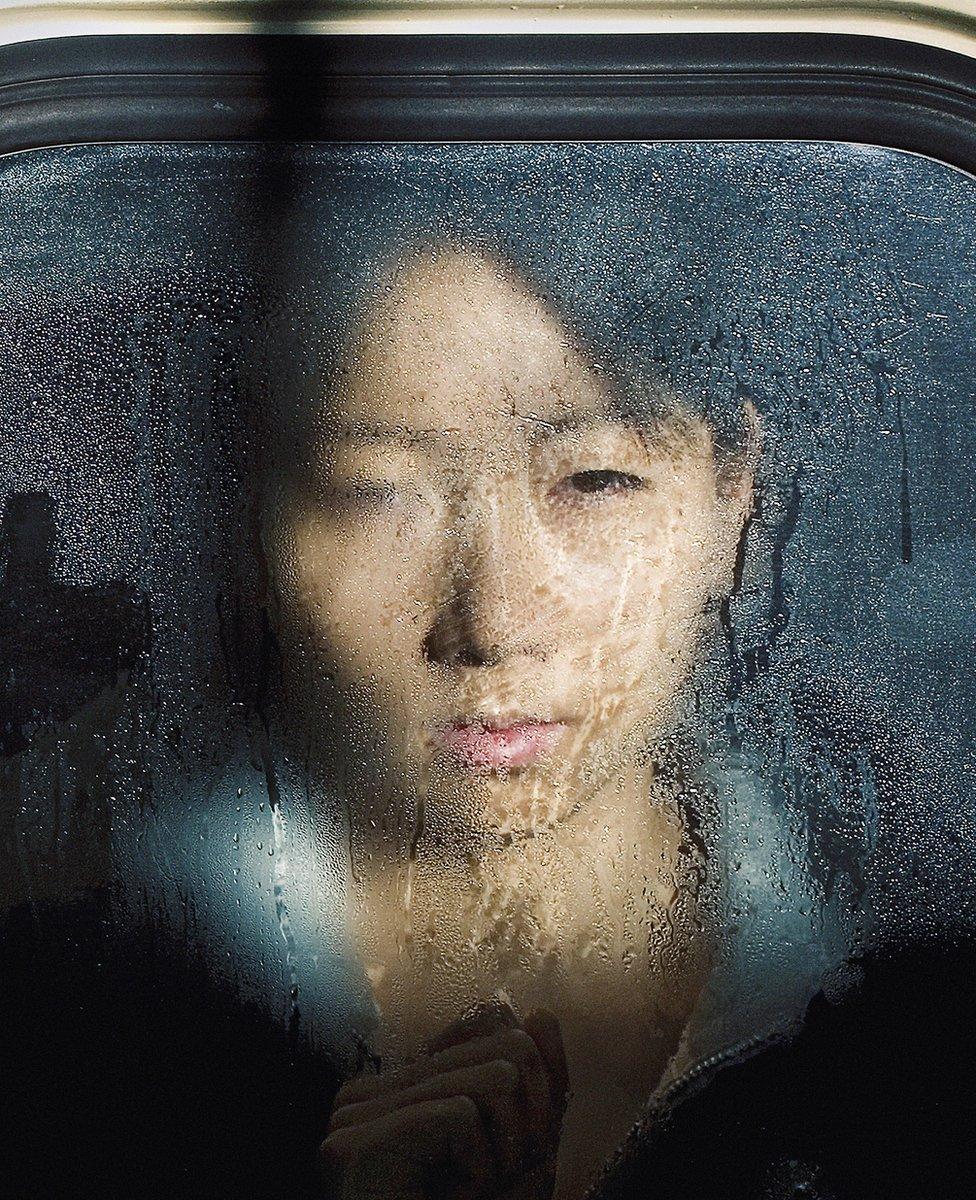
Tokyo Compression #18 (2010)

"Michael Wolf's work on life in cities was always driven by a profound concern for the people living in these environments and for the consequences of massive urbanisation on contemporary civilisation," his family said, announcing his death.
"This commitment and engagement remained central throughout his career, first as a photojournalist and then as an artist."
Indeed, as he had explained to the BBC: "I try to put myself in their situation. I know of projects in Japan that other photographers have done, where they take pictures of salarymen at midnight taking the last train home, totally drunk out of their minds, lying unconscious on the train platform, and I think that's terribly unfair.
"It doesn't say anything, and it's a form of voyeurism that I would be against. I wouldn't do that."
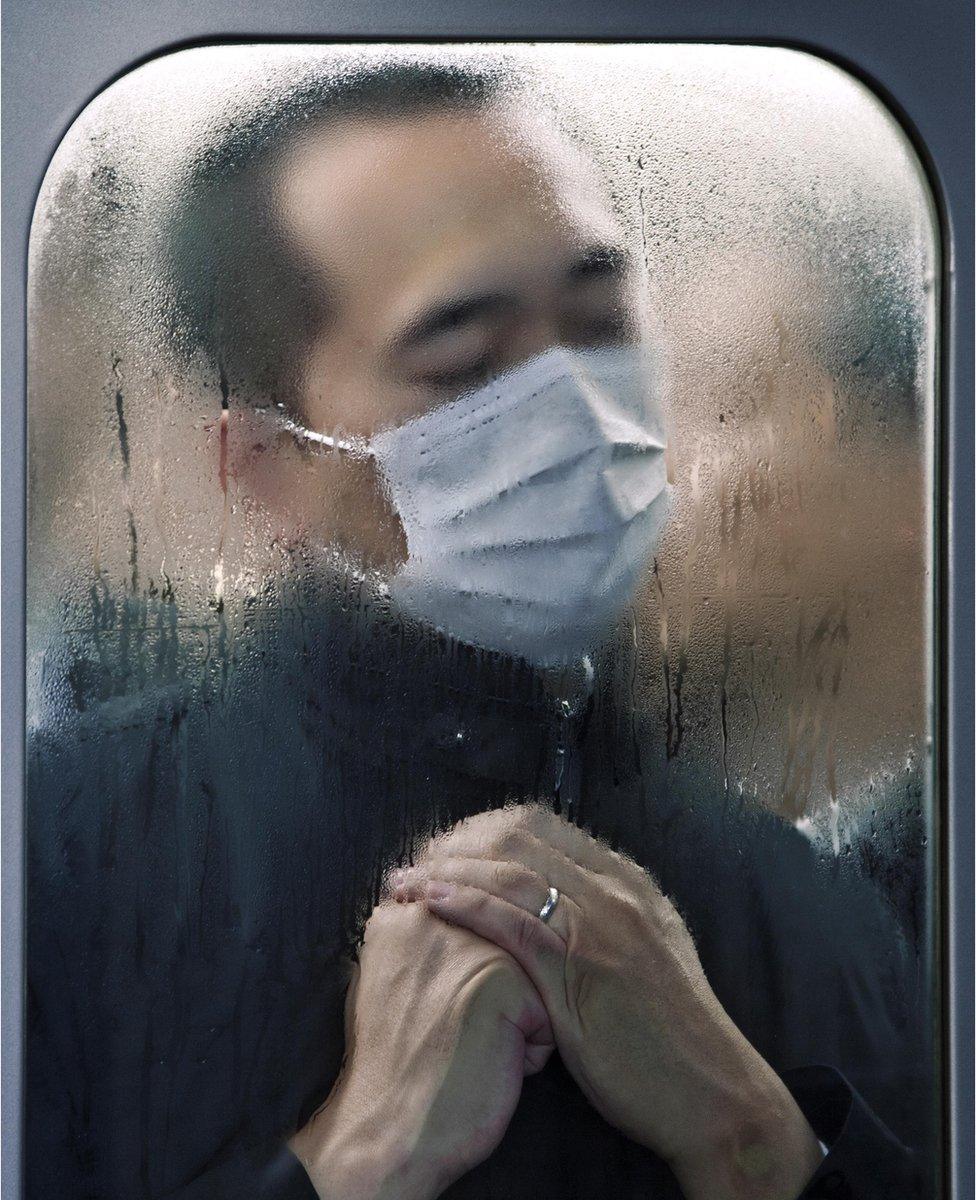
Tokyo Compression #75 (2011)

All images subject to copyright.
- Published3 March 2019

- Published24 April 2019

- Published12 April 2019
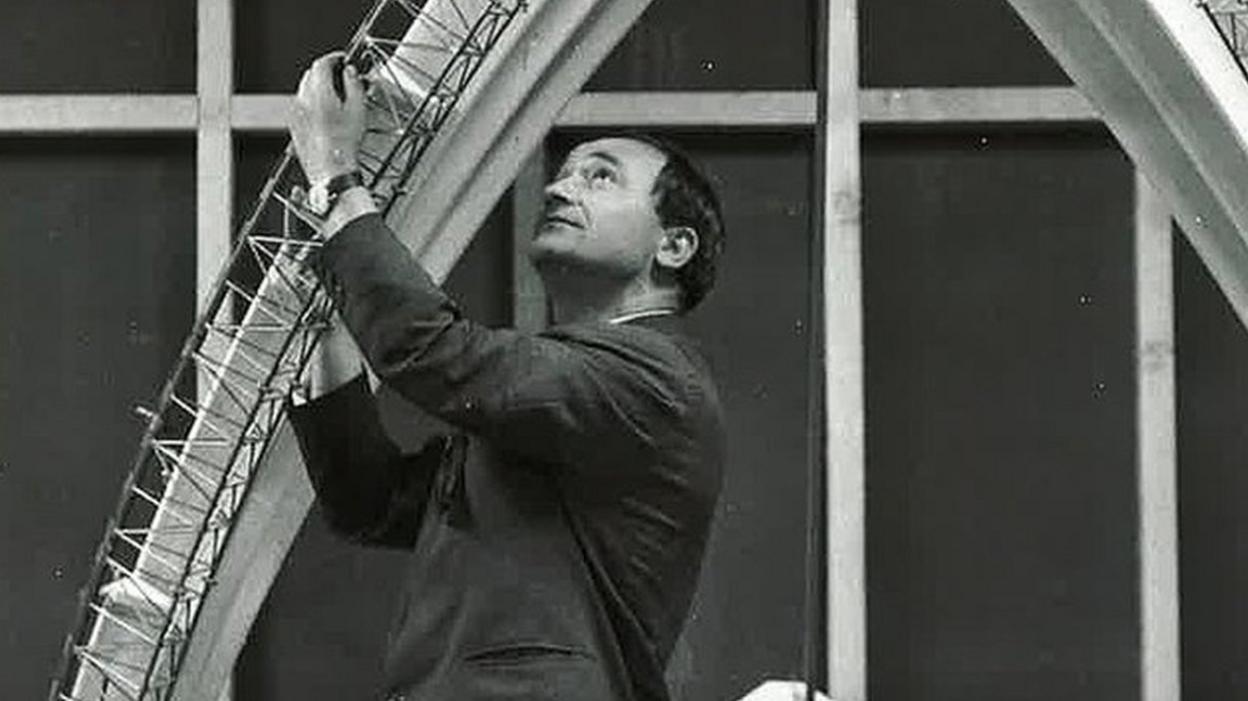
- Published1 February 2019
